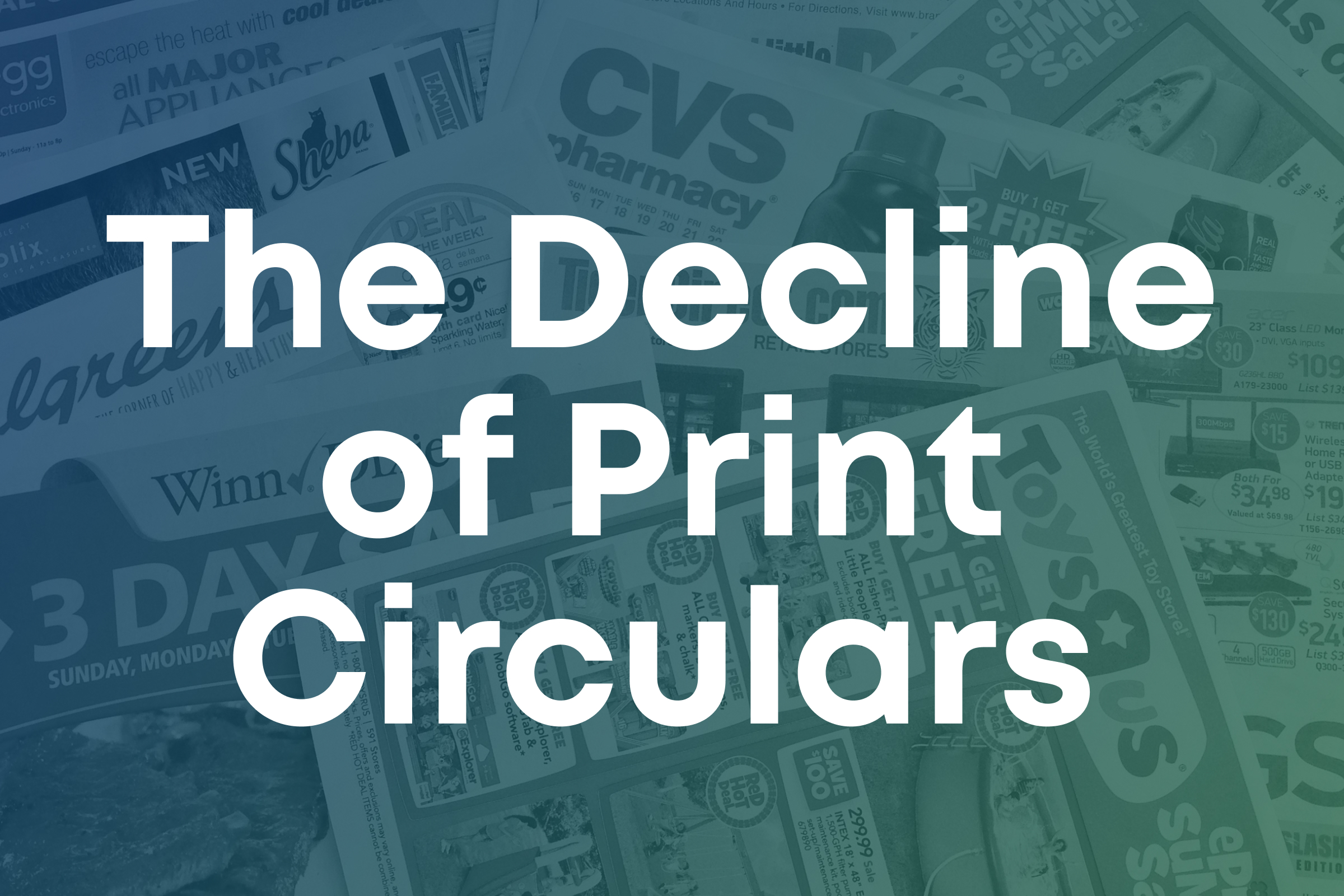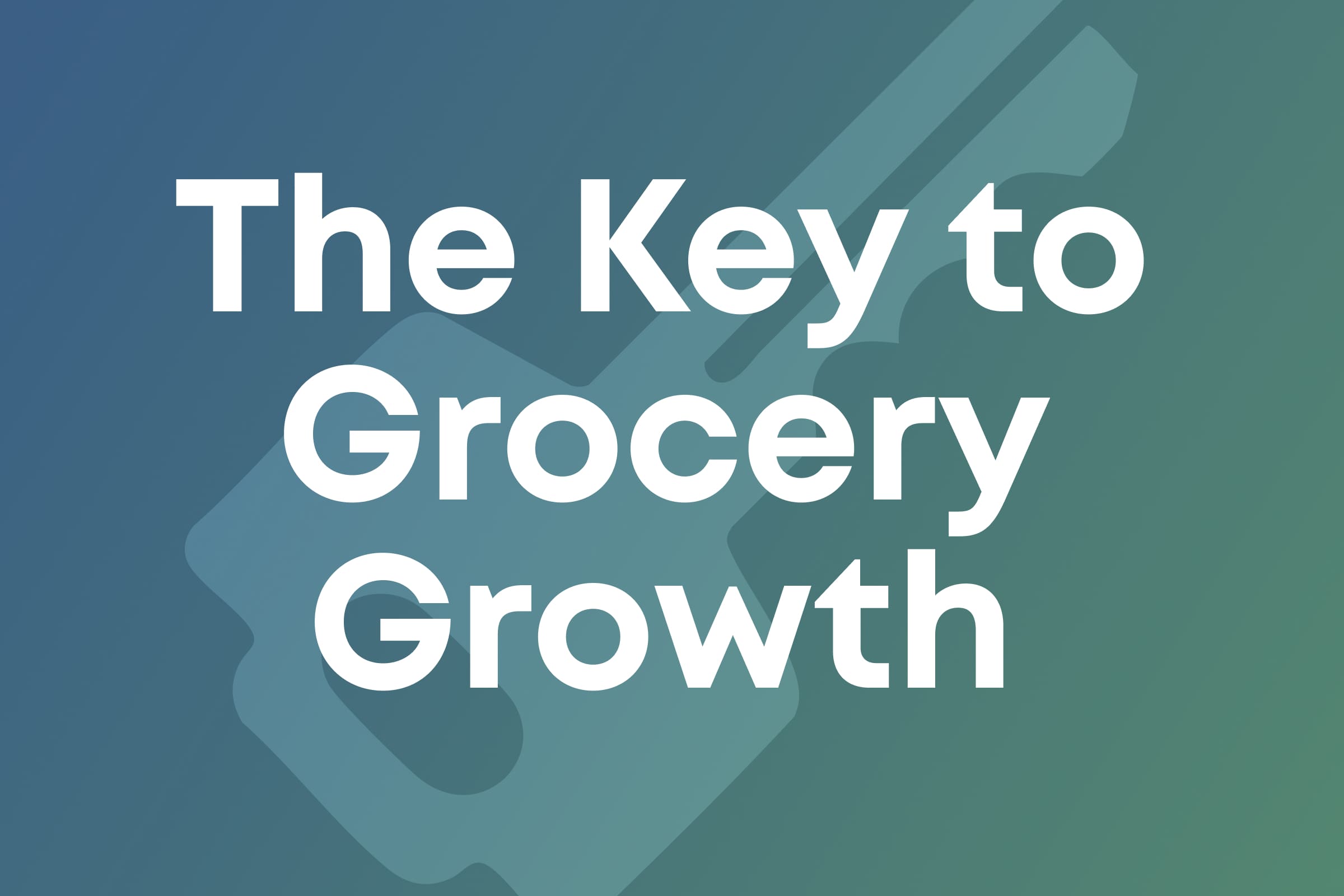The Secret to Overcoming Inflation? Retail Technology.
Sean Turner
Inflation—now above 15%—continues to pressure consumers and grocers. However, with the help of an e-commerce platform, brick-and-mortar retailers can deliver measurable value to price-conscious shoppers while boosting loyalty and profits.
With inflation at a 40-year high, topping 15% in June, grocers—more than ever—need to explore new ways to engage and retain customers by delivering tangible savings and value. Today’s inflationary environment represents a big opportunity as high fuel prices increase the distribution cost advantage enjoyed by many brick-and-mortar retailers. Luckily, with a custom retail mobile application and the right digital strategy, retailers can not only provide a seamless digital to- in-store experience that competes with popular online providers, but they can also build deeper connections with customers that keep them coming back.
Inflation’s Impact on Grocery Store Consumers
When food prices rise, consumer behavior shifts in the following ways:
- Shoppers are more likely to trade down to less expensive brands.
- More long-lasting canned foods and frozen products over fresh meat and produce are being purchased.
- Shoppers are cutting back on non-food purchases and high margin “treats” like alcohol and confections.
- Basket sizes may increase, but trip frequency decreases as shoppers reduce travel to save on gas.
- Consumer choice is ultimately swayed by coupons, special offers, loyalty discounts, and bargains.
The current grocery model and razor-thin profit margins make it nearly impossible for retailers to slash prices and take the hit. However, they can adopt a long-term growth mindset by considering how innovative retail tools can address inflationary pain points and help drive loyalty. In doing so, they can also increase margin-rich revenue.
E-commerce Platform vs. Brick-and-Mortar Stores During Inflation
When e-commerce platforms first appeared, there were concerns that it would be “the death of brick-and-mortar.” During the pandemic, online grocery sales soared after remaining essentially flat for years. Along with public safety improvements came a return to normalcy, with grocery delivery services tapering off and new conveniences like curbside pickup remaining popular. Amazon/Whole Foods currently holds just 2% of the grocery market share, but the company plans to double food sales by 2026 by building on success in beverage, snack food, and pantry staple sales, and by growing local fresh food partnerships across international markets.
Sustained inflation combined with e-commerce economies of scale might help e-commerce giants thrive in the grocery sector. Researchers have found that inflation is 1-3 percentage points lower online. The modest amount of savings may be enough to sway consumers—who are now more accustomed to the convenience of online shopping as a result of the pandemic and looking for the lowest prices due to inflation. As tempting as it may be for grocers to remain dismissive of e-commerce—which accounts for just 13.6% of total grocery sales—the grocers who do best have one eye on future innovations that ensure their sustained success.
Physical presence gives brick-and-mortar retailers an advantage over e-commerce companies, as it’s easier to add technology than it is for e-commerce players to add real estate and establish loyal local communities of buyers. Inflation has had an impact on building materials, rents, and fuel for transportation—which can all prevent e-commerce players from moving in on brick-and-mortar retailers’ turf… at least for now.

Overcome Inflation Challenges with a Retail Mobile Application
Retailers have little control over inflation. What they can control, however, are their strategic investments. One way brick-and-mortar grocers are getting ahead is by using the power of retail media to capture first-party data, drive loyalty, and collect their fair share of the e-commerce pie.
Investing in a retail mobile application to cope with inflation allows grocers to:
- Drive margin-rich revenue: CPG brands looking for the best use of their advertising dollars migrate to platforms that supply customers who are primed and ready to buy. Where better to greet these customers than in the aisle of a supermarket, moments before purchasing decisions are made? Through a mobile e-commerce platform that supports a retail media network, grocers supply advertisers with first-party data and invite them to reach out with personalized offers in real-time. Advertisers are willing to pay for this insight and access, creating a brand-new revenue stream for retailers that is immune to inflationary pressures.
- Reduce costs: Reducing costs provides an alternative to raising prices during times of inflation. Printing out paper circulars, paper coupons, and plastic loyalty cards can add up fast. Relying on third-party delivery partners can cost grocers too. With a retail mobile application, retailers can switch to digital circulars and coupons and migrate loyalty programs online where it’s more convenient for consumers and cheaper for them to manage. They might also consider adding features like direct-to-consumer shipping on select items and mobile checkout, which can lower overhead costs even more.
- Build loyalty: Successful grocers understand that maintaining loyal customers is an investment worth making. A retail mobile application solidifies customer loyalty by staying top-of-mind through SMS notifications, shopping lists, special offers, and highly personalized messaging. Shoppers know they can count on their favorite grocer to deliver what they need, whether it’s a detail-rich product description, recommended substitutions for out-of-stock items, or a discount to reward them for frequent purchasing. Retailers can also track first-party data to learn more about their shoppers’ needs and improve their products and services accordingly, leading to lasting loyalty.
- Boost profits: It’s worth noting that most consumers are convenience-driven, shopping with a combination of methods, and these omnichannel customers spend 1.5x more. In short: if you’re a brick-and-mortar retailer, it pays dividends to harness the power of an e-commerce platform and convert more customers to omnichannel shoppers. By competing on both fronts and leveraging pre-existing loyalty and trust, grocers can grow and win against e-commerce and third-party delivery competition.
Get Ahead of Inflation with Swiftly
Amidst today’s challenging economic climate, brick-and-mortar grocers need every advantage to sustain loyalty and compete. Contact Swiftly to develop a retail mobile application that captures first-party data, serves as an e-commerce platform, and offers rich modern features customers love, from loyalty rewards and personalized recommendations to rich product descriptions and mobile self-service checkout.




